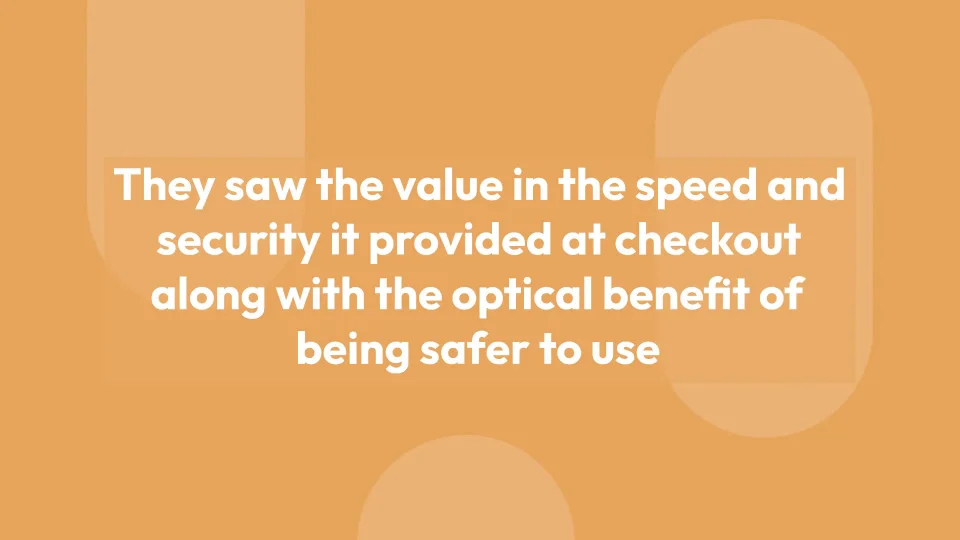How the Pandemic Facilitated Increased Adoption of Three Existing Technologies in Retail


The Retail industry has been turned on its head since the COVID-19 pandemic took hold in the U.S., With stay-at-home orders and lockdowns in place, all nonessential retailers were closed, pushing most of the transactions online. Today, as all U.S. states are reopening in phases, retail looks a lot different with capacity restrictions, social distancing requirements, and other safety precautions. These changes not only affect sellers but the payment solution providers that work with them. Payment providers need to innovate quickly to keep up with the changing environment and help customers comply with public health guidelines. They also must do all of this while meeting the expectations of the shoppers for a good, easy and safe experience.
One of the clear trends resulting from this crisis is the increased adoption of existing technology. While there was interest in them before, the pandemic has accelerated their adoption among retailers.
1. Contact-Free with Contactless
The industry has been pushing the use of contactless payments in the U.S. since before the EMV migration began in 2015. The introduction of mobile wallets, such as Apple Pay, Google Pay, and Samsung Pay, did help in increasing curiosity among customers, but the adoption was slow as many merchants did not accept that payment method, and consumers never fully embraced it. The pandemic pushed the need for a contact-free payment method so shoppers can pay quickly without touching the payment device, which makes for a safe and secure overall process. This compelled merchants to enable contactless and tap-to-pay acceptance eventually leading to the rise in adoption we are seeing today. They saw the value in the speed and security it provided at checkout along with the optical benefit of being safer to use as customers didn’t need to touch the terminal.
2. Self Help with Self-Service
While we saw interest in self-service before the pandemic, especially in quick-service restaurants (QSR), the health crisis has brought increased attention to these solutions from traditional retailers. Many have been looking to free up front-of-store floor space by reducing the number of checkout lanes and by offering a self-checkout experience throughout the store. This helps optimize the use of physical space and allows shoppers to make their journey in-store more efficient.
3. Mobility Everywhere
Many sophisticated retailers are looking for ways to provide the ability for customers to have a more personalized experience while being able to complete a transaction anywhere in the store. They are interested in solutions that not only allow for quick scanning but also secure contactless payment, enabling customers to get in and out of the store fast. An option for email receipts also adds convenience and flexibility to their shopping experience. While mobility has been a popular conversation among our customers, there has been an increased focus on this technology and the many ways it can apply during the current health crisis. From accepting card-present transactions with home delivery options to mobile checkout at store curbside, mobility solutions are top of mind for all retailers.
Strong Technology Foundation
While the pandemic played a big role in speeding the adoption of these technologies, it also helped retail businesses build a stronger foundation for an improved customer experience. Consumers are getting used to these solutions and value the convenience of paying with their mobile wallets or using a self-service solution at checkout. Where retail technology goes from here is yet to be determined but after this experience, merchants and solution providers will need to be more agile and adapt to any situation.
If you are a merchant or a solution provider and are looking for the best way to adapt your business to serve your customers better, get in touch with us.
Bradford Giles is the Senior Vice President, Marketing and Sales Enablement at Ingenico, North America
Key Takeaways
- Convenience of paying with their mobile wallets or using a self-service solution at checkout.
- Experience, merchants and solution providers will need to be more agile and adaptable
- The pandemic has accelerated the adoption of technology payments and merchants need to be ready.
For future blogs subscribe to our blog and social media.